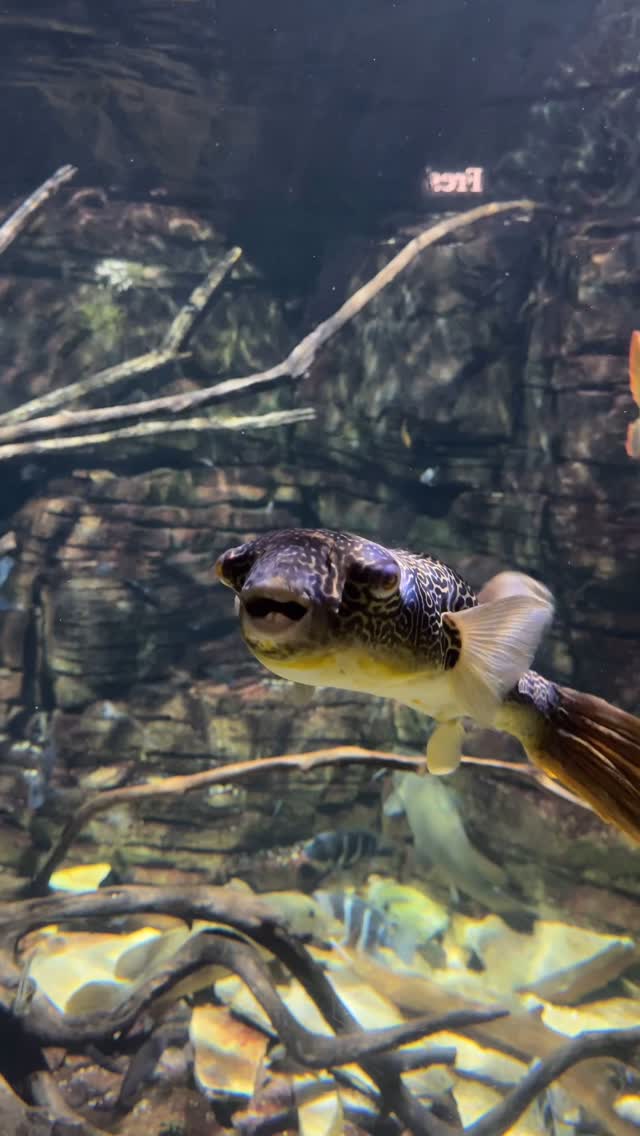- Zoology and the ecological role of species.
- Zoo management and visitor engagement.
- Wildlife conservation strategies and challenges.
- Impact of digital platforms on wildlife awareness.
- The significance of social media in education and conservation.
Zoology is a fascinating field that delves into the study of animal life, including their classification, behavior, and roles in ecosystems. Understanding the ecological role of species like the pufferfish can open up a world of appreciation for these creatures and highlight the intricate balance they maintain in marine ecosystems. The pufferfish’s unique adaptations, such as its ability to inflate and produce toxins, demonstrate evolutionary ingenuity. This ability helps deter predators and regulate population dynamics, showcasing a small but vital piece of marine biodiversity.
In parallel, zoo management has grown to incorporate principles of conservation and education. Modern zoos are not just places for public entertainment but are centers of learning and conservation. The goal is to create environments that mimic the natural habitats as closely as possible. This aids in animal welfare and engages visitors by providing authentic experiences. Engaging exhibits, like those featuring species such as the pufferfish, incorporate educational signage and interactive displays. These tools help visitors understand the ecological importance and threats facing these animals, nurturing a sense of responsibility towards conservation.
Wildlife conservation is a global undertaking that requires multi-faceted strategies to address a myriad of challenges. Factors such as habitat destruction, climate change, and poaching pose significant threats to biodiversity. International cooperation and local conservation programs work hand in hand to protect vulnerable species. Conservation efforts require substantial funding, research, and educational outreach to foster sustainable practices and policies. Protecting marine life, including species like the pufferfish, aligns directly with these goals. Conservationists strive to balance human needs with ecological preservation, ensuring that marine ecosystems remain resilient.
The rise of digital platforms has significantly impacted wildlife awareness. Social media serves as a tool for disseminating knowledge and rallying public support for conservation initiatives. For instance, a simple post stating “Just popping in to say happy Thursday!” can be an entryway to broader conversations about wildlife. Content featuring animals in zoos or the wild can go viral, increasing public awareness rapidly. Viewers not only learn about the animals but are encouraged to engage with conservation actions.
Social media’s role in education and conservation cannot be underestimated. Platforms like Instagram allow zoos and conservation organizations to connect with a wider audience. Educational posts about animals, conservation efforts, and educational programs broaden public engagement. When zoos share posts of animals, such as a pufferfish, it raises awareness about their ecological roles and conservation status. These interactions can inspire a new generation of conservationists and nature enthusiasts, promoting a sustainable future for both humans and wildlife.
*****
Source Description
Just popping in to say happy thursday! 🐡🫶


